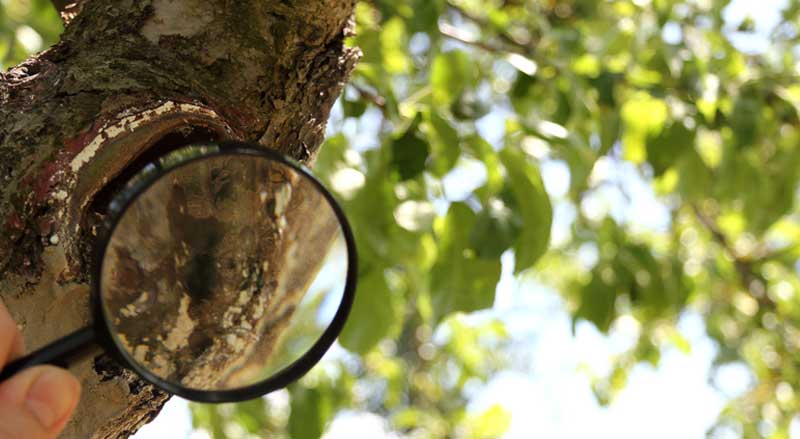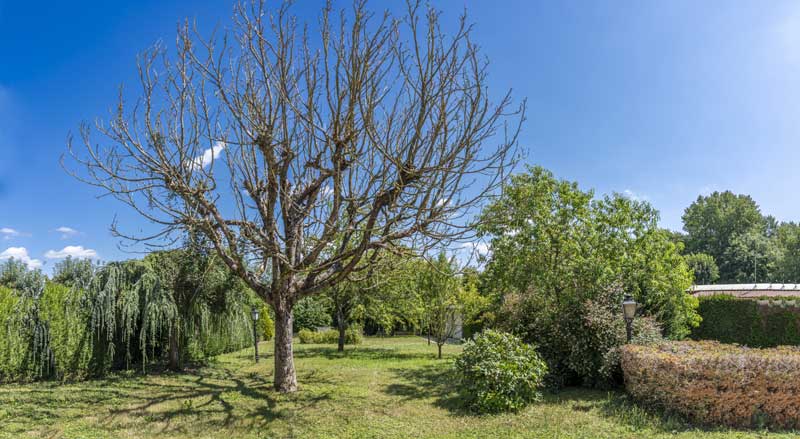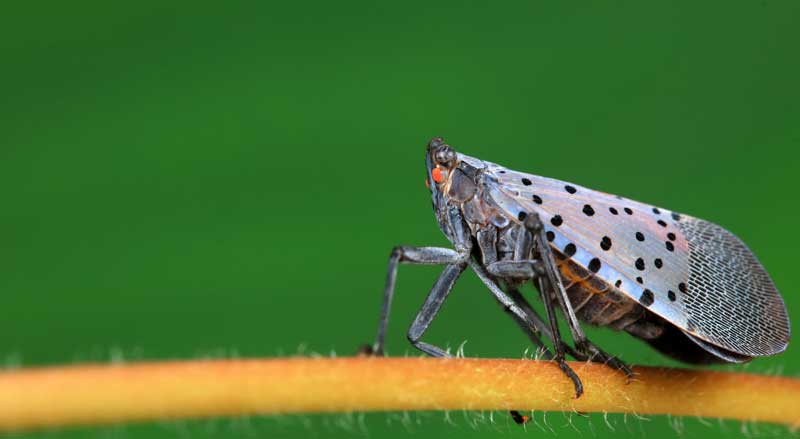If you would like to upgrade the aesthetics of your landscape and increase the value of your property this spring, consider planting native New Jersey trees. The astounding variety of tree species, with their own unique size, foliage, and colors can become an amazing focal point and a source of privacy from unwanted sounds or views.
Trees can also reduce a property’s utility costs and bring wildlife to your backyard. Our list of the Top 8 Trees to plant in your yard this year includes some of the most common types of trees for the area and a few unique specimens that also thrive in New Jersey.
 Hazel Alder
Hazel Alder
The Hazel Alder tree is a perennial that is tolerant of very wet soils and can grow in full sun or partial shade. It is often found along riverbanks or in swampy areas and functions as a stabilizer and restorer to these habitats. It is considered a small tree because it typically only grows to a height of 10 to 20 feet.
The Hazel Alder, or Smooth Alder as it is often called, is a multi-trunk tree with dense branches. It produces pretty flowers in the spring before its green leaves appear. The leaves are simple but impressive because of their parallel veins and dark green top contrasting with a pale green underside. The Hazel Alder has no serious insect or disease problems and tea made from its bark is said to aid in many common ailments.
 Tulip Tree
Tulip Tree
Producing tulip shaped flowers and leaves that cone into a chalice-like design, the Tulip Tree is a beautifully fun ornamental plant for your yard. With a possible 40’ circumference when mature, the Tulip Tree is also considered an excellent shade tree. Tulip Trees grow at an extremely fast rate in comparison to most other trees, averaging about 25 inches a year!
 Silver Bell
Silver Bell
A tree that has shown to remain disease free in spite of environmental factors, the Silver Bell tree is smaller in stature than most other trees on this list but makes up for its size with beauty. Plant a Silver Bell tree in a place where you will be able to appreciate its foliage throughout the year as it bares bright yellow leaves in the fall and silvery, bell-shaped blossoms that appear in April.
 Sweet Birch
Sweet Birch
The Sweet Birch tree has shiny red-brown bark and yellow foliage. It is prettiest during early fall although it does provide a spring blossom. The Sweet Birch offers shade for many homeowners’ landscapes. It grows best in residential and park areas. This tree typically reaches a height of 40 to 50 feet and needs full sun for at least 6 hours a day. It likes moist soil and often grows in rocky areas.
Sweet Birch trees attract butterflies and songbirds but are resistant to the bronze birch borer. Its bark has a strong wintergreen scent and taste that is used in everything from candy to medicine. The Sweet Birch’s sap can be used to make alcohol such as “birch beer”. The hard and heavy wood of the sweet birch is commonly used in furniture manufacture.
 Flowering Dogwood
Flowering Dogwood
Choose between white, pink or red flowers…or get all three for an exceptionally colorful look.
Flowering Dogwood Trees will bloom during the spring and produce yellow, red and maroon leaves in the fall.
The glossy red berries of the Dogwood will attract songbirds and other wildlife throughout the year.
The Dogwood Tree grows to a height of about 20-25 feet tall so utilizing its beauty as a disguise for something not-so-perfect looking on your property might be just the idea you have been looking for.
This tree species prefers partial shade but will do well in full sun if well cared for. The Flowering Dogwood will do best in evenly moist, well-drained, acidic soil. If well cared for the dogwood will serve as a great accent tree providing many years of beauty in spring, summer, and fall.
 Black Spruce
Black Spruce
Sometimes called the Bog or Swamp Spruce due to its tolerance to wet sites, the black spruce is an Evergreen with foliage year-round. This tree grows to a height of 30 to 50 feet and does best in cold climates. The bark of the Black Spruce tree is scaly and dark gray. The needles are stiff, blue green in color and grow into a pointed crown at its top.
The Black Spruce’s cones persist for several years and are the smallest of all spruces. The root systems are typically shallow, so it prefers a layer of mulch around its base. The Black Spruce tree is often found growing near the red spruce but rarely found near white spruce trees. This tree’s wood is used in many paper products.
 American Holly
American Holly
The Holly Tree’s deep green leaves remain vibrant throughout the year which is one of the reasons this tree makes our list. Its bright red berries will give a pop of color to your landscape and can be clipped and used in Holiday Decorations. Holly Trees will grow up to 50 feet tall and can be trimmed to look like an individual tree, a hedge or even a wall.
 Red Oak
Red Oak
Widely considered a national treasure another of native New Jersey trees. The Red Oak tree is New Jersey’s official state tree.
Known for its beautiful fall colors and the value it brings to surrounding wildlife, the Red Oak is a fast growing species that will provide shade with its height and large canopy spread.
Always well loved for its stately structure and shape, the red oak lives a long life and provides beautiful color in the fall.
Planting trees is always an investment in the future of your property and our planet. If you have questions about any of the tree species listed or others you have found on your own, don’t hesitate to comment with questions or call our office for more information…we provide free estimates!
This post has been updated. It was originally published on March 3, 2016 and re-published March 18, 2018.\


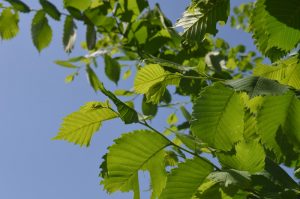 Hazel Alder
Hazel Alder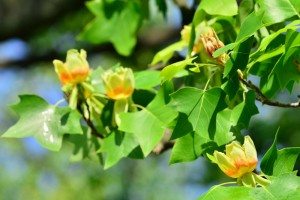 Tulip Tree
Tulip Tree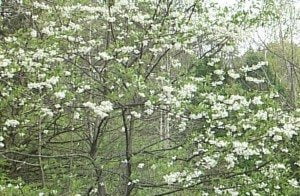 Silver Bell
Silver Bell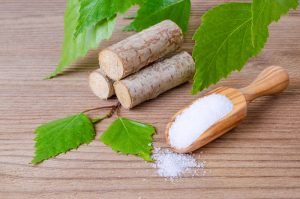 Sweet Birch
Sweet Birch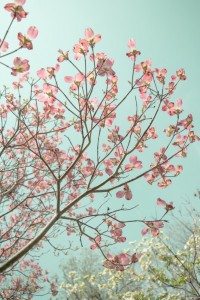 Flowering Dogwood
Flowering Dogwood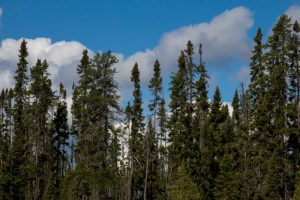 Black Spruce
Black Spruce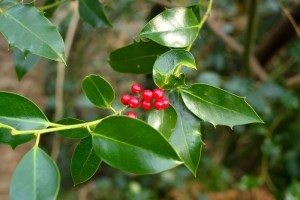 American Holly
American Holly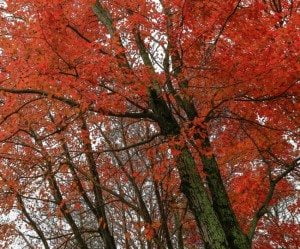 Red Oak
Red Oak